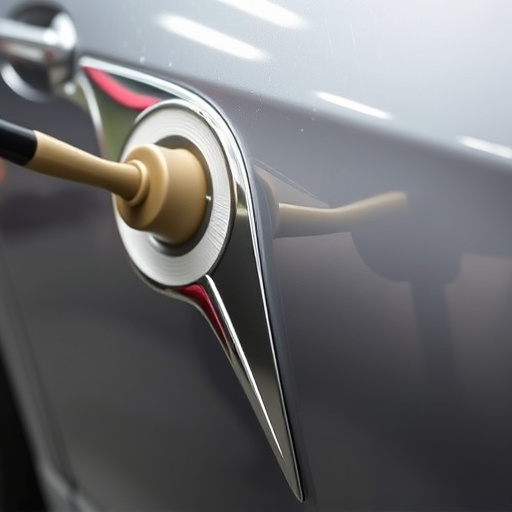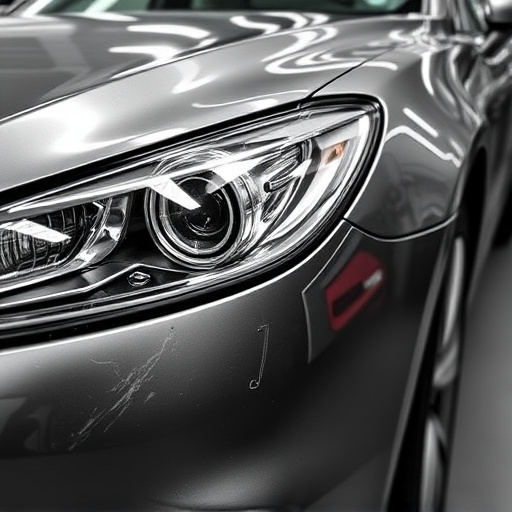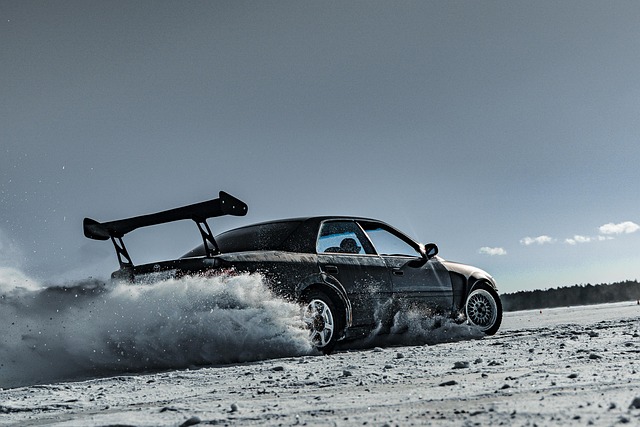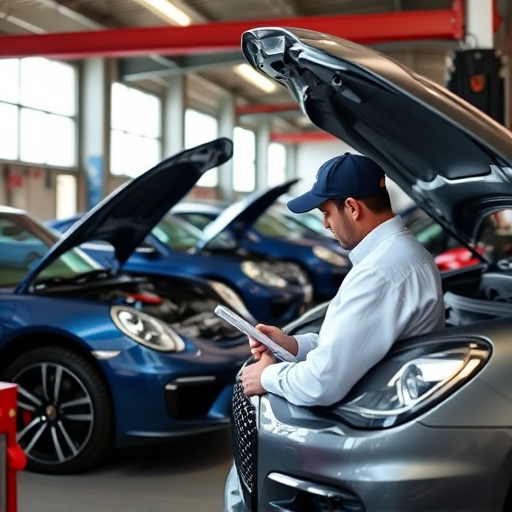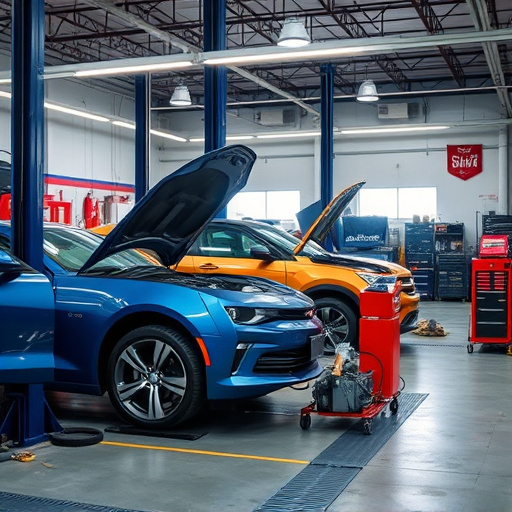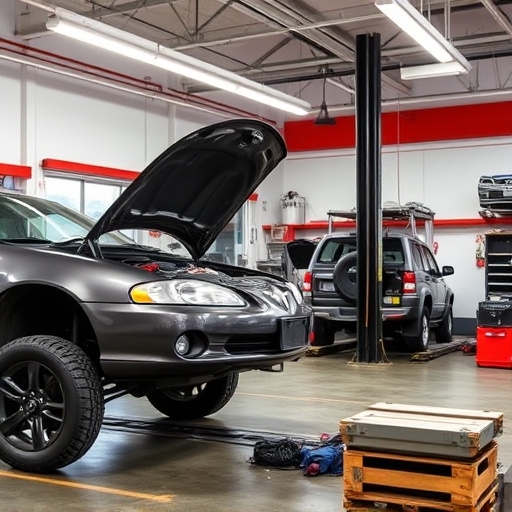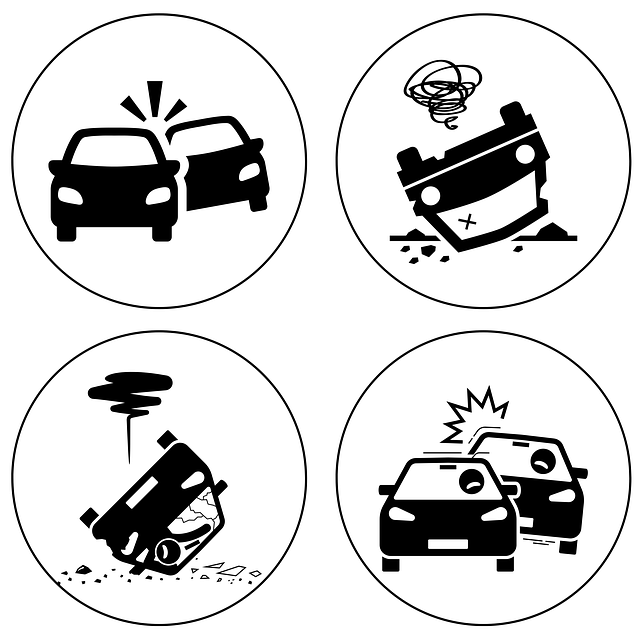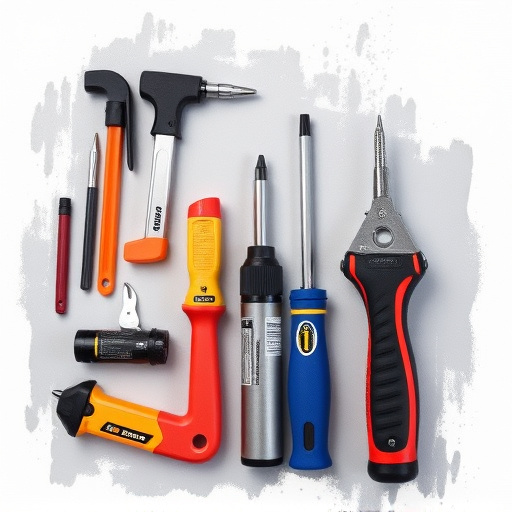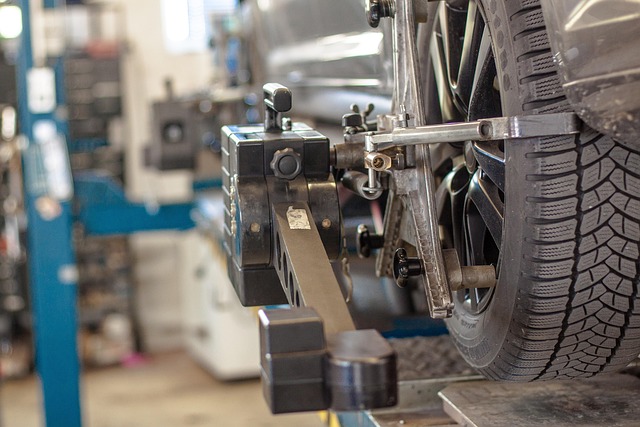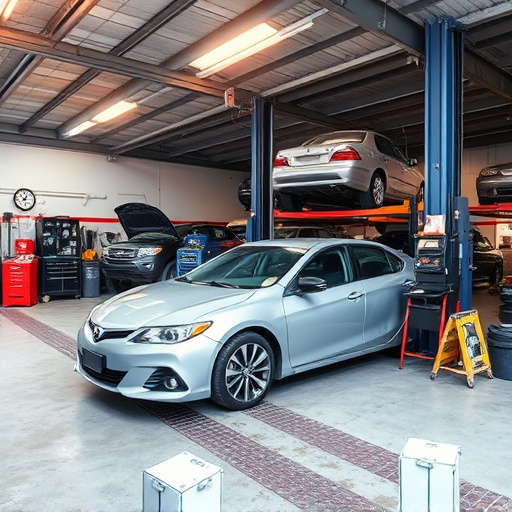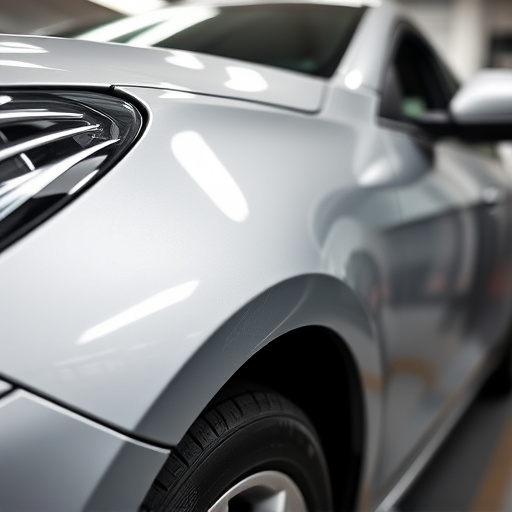Adhering to OEM (Original Equipment Manufacturer) specifications during a bumper cover replacement is crucial for both safety and aesthetics. Auto body professionals follow precise measurements, color matching, and structural integrity standards to ensure a perfect fit, enhancing vehicle protection and integration with safety systems. Accurate replacement, including size, shape, and design matching the existing bumper, prevents future alignment issues. Modern repair techniques offer visually appealing results while maintaining the car's original look.
When it comes to bumper cover replacement, matching OEM (Original Equipment Manufacturer) specifications is paramount. This ensures not just visual similarity but also structural integrity and compatibility with your vehicle’s systems. Non-OEM parts might look alike but can deviate from strict design standards, leading to potential safety risks and fitment issues. This article explores why adhering to OEM specs is crucial for a successful and safe bumper cover replacement, providing practical tips to ensure accurate installation.
- Understanding OEM Specifications for Bumper Cover Replacement
- Why Matching OEM Specifications is Crucial
- Tips for Ensuring Accurate Bumper Cover Replacement
Understanding OEM Specifications for Bumper Cover Replacement
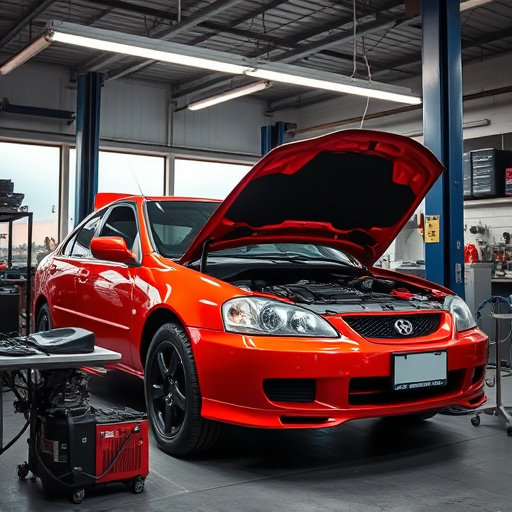
When it comes to bumper cover replacement, adhering to OEM (Original Equipment Manufacturer) specifications is paramount. These specs ensure that the new bumper cover perfectly matches the make and model of your vehicle in terms of fit, finish, and durability. Using non-OEM parts can lead to misalignments, poor aesthetics, and potential safety issues post vehicle collision repair.
Auto body shops specializing in car scratch repair and vehicle collision repair understand these specifications intimately. They use high-quality replacement parts that meet OEM standards during bumper cover replacements. This meticulous process involves precise measurements, color matching, and ensuring structural integrity—all crucial aspects for a seamless fit and the safety of your vehicle.
Why Matching OEM Specifications is Crucial
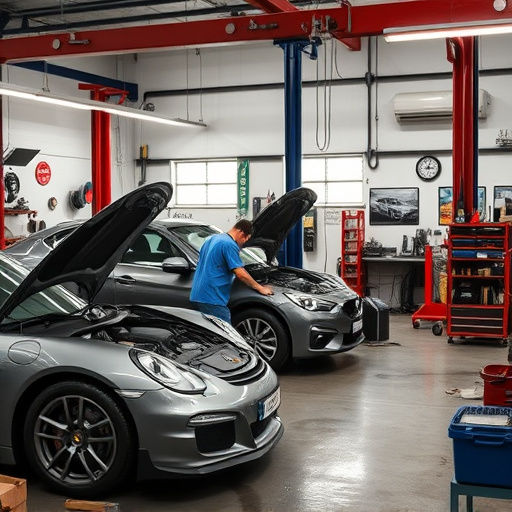
When it comes to a bumper cover replacement, ensuring that the new cover matches OEM (Original Equipment Manufacturer) specifications is paramount. This isn’t merely about aesthetics; it’s a safety and functionality matter. Every vehicle model has unique design details and fitment requirements for its components, including the bumper cover. A perfect fit guarantees not just a sleek appearance but also ensures proper alignment with other critical automotive parts beneath. Poorly fitted or non-OEM replacements may compromise the structural integrity of your vehicle during impact, negating the purpose of a bumper in the first place.
Moreover, using OEM-spec covers facilitates seamless integration with your car’s overall safety system. This is particularly crucial for advanced driver assistance systems (ADAS) and sensors that rely on accurate positioning and clear visibility. An auto dent repair or automotive collision repair professional will attest to the importance of precision when handling bumper cover replacements. Using parts that adhere to OEM specifications ensures compatibility, prevents future alignment issues, and maintains the overall quality of your vehicle’s exterior in the long run.
Tips for Ensuring Accurate Bumper Cover Replacement
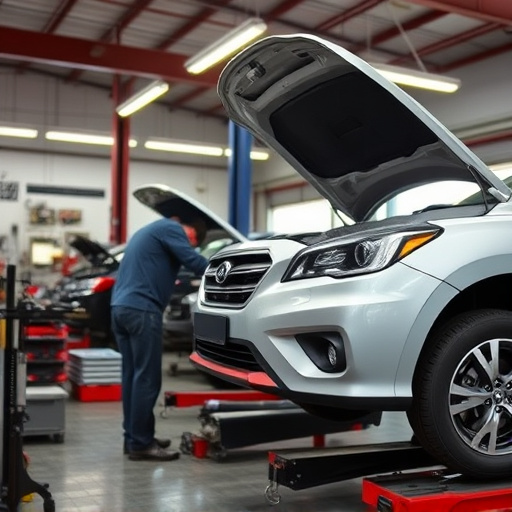
When it comes to bumper cover replacement, accuracy is key. To ensure a seamless fit and maintain the vehicle’s original aesthetic, consider these tips. First, verify that the new bumper cover is an exact match for your OEM (Original Equipment Manufacturer) specifications. This includes size, shape, and any unique design elements. Second, inspect the existing bumper to identify any damage or misalignments that need addressing during the replacement process.
Additionally, explore options like paintless dent repair techniques if minor dents or scratches are present on the bumper cover or surrounding panels. These methods can help restore the bumper’s original condition without the need for extensive painting and body work, typically performed by a professional auto body shop. By combining meticulous attention to detail with modern car body repair technologies, you can achieve a precise and visually appealing bumper cover replacement.
When undertaking a bumper cover replacement, adhering to Original Equipment Manufacturer (OEM) specifications is paramount. This ensures not only a perfect fit but also maintains the vehicle’s structural integrity and aesthetic appeal. By following the tips outlined in this article, such as using genuine parts and double-checking measurements, you can guarantee a successful and reliable bumper cover replacement, enhancing both the safety and value of your vehicle. Remember, when it comes to bumper cover replacement, precision matters.
